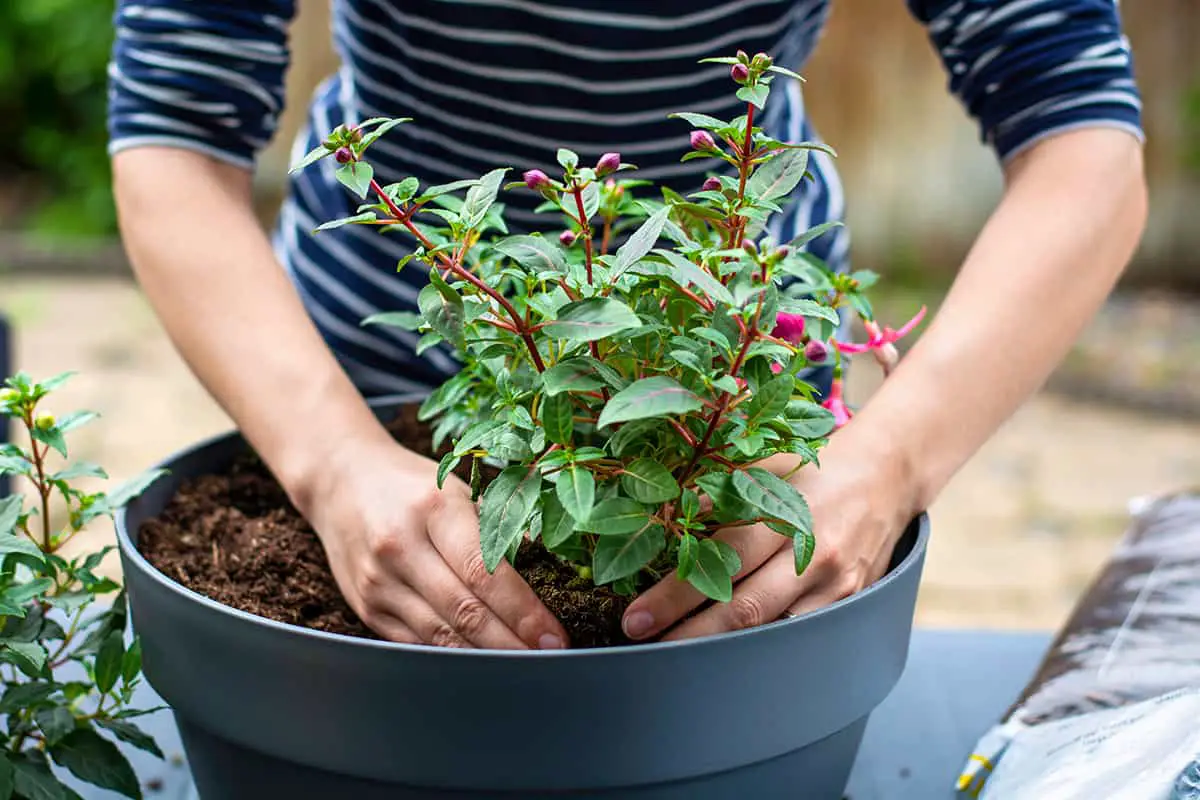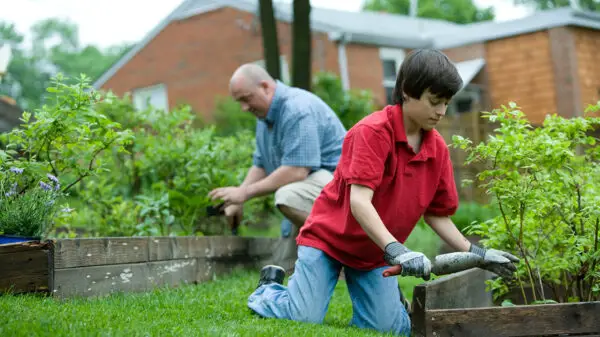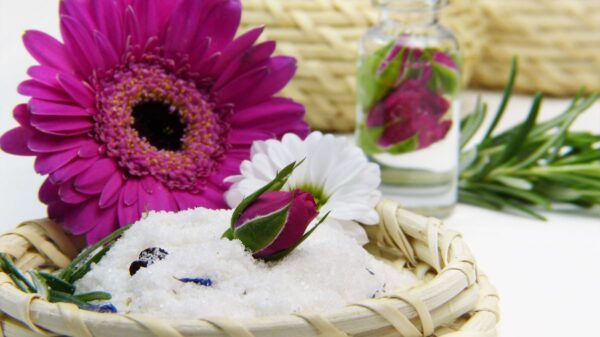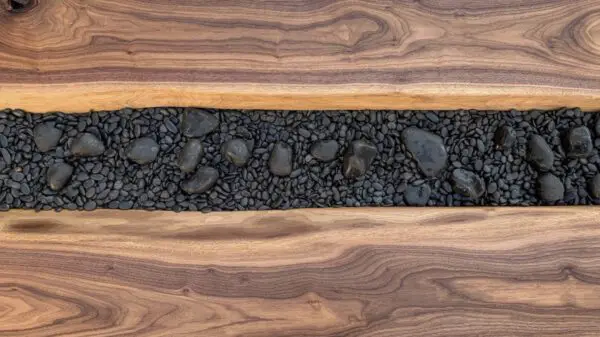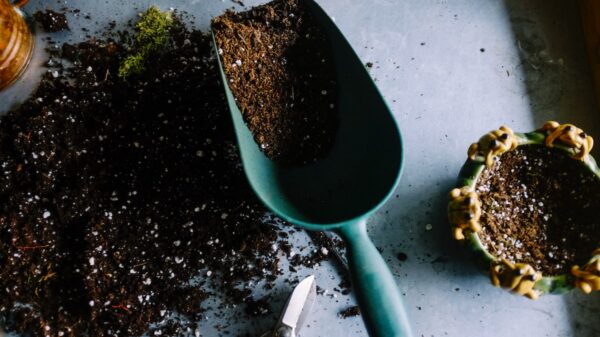Determining If Your Plant Is Established
Growing new plants is a fun hobby for many people. Even if you are not a plant enthusiast, starting plants from seeds or cuttings can be an easy way to make a beautiful addition to your home. After growing many different types of plants indoors over the years, I’ve determined the main indications that your plant is established.
So, how do you know if a plant is well established? The first indicator is a healthy soil environment. Healthy soil is a great indication that your plant is established and has been growing well for several months or more. You can tell your soil is healthy when it is dark in color, not water-logged, and crumbly.
Crumble your soil between your fingers to determine if it has the texture of potting soil. If so, your plant is likely well-established and growing new roots every day.
It can be difficult sometimes to understand what is going on with a new plant, especially if it is indoors. With a little research and understanding of your plant, such as how it grows and when to water, you can learn how to ensure that your plant is established and happy.
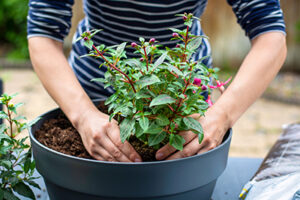
What Does an Established Plant Mean?
An established plant is a plant that has been growing in the same set of conditions for a while. So, if you plant a new plant and water it for a few weeks before leaving on vacation without having to tend to it, then this plant may not be established once you return from your trip.
You can tell if your plant is established by looking at its leaves, roots, and soil. The plant has enough energy to grow new leaves, even if there are old leaves that look withered or small.
If you notice the plant dropping all of its oldest leaves quickly after transplanting it into a new environment (for example plant that was growing outside is suddenly moved inside), then this plant may not be established.
Common Indicators That Your Plant Is Established
Some plants are easily identifiable as established, such as large trees or banyan plants. However, most plants growing indoors will take about a year to be fully established.
If you notice any of the following signs that your plant is established, then there’s a good chance it is growing new roots and will be happy for several more months or years:
- The soil around the plant appears loose and friable when squeezed between your fingers.
- New leaves are sprouting out of multiple points on the plant.
- The plant is growing new leaves, even if they are smaller than the original ones you planted.
- You can’t see any parts of roots or stems inside of soil when you look at the top of your pot.
- All inside leaves are bright green and not wilting or browning.
Roots are another indicator of plant establishment. If you see the plant sending out new roots, then this plant may have been growing in your home for several weeks or more. Healthy-looking plant roots are white and soft; they’ll look like long, soft hairs with some branching off of them.
While peering inside of the plant’s soil, you’ll notice roots are growing every so often with many bumps or breaks at the bottom where they have exited into the soil.
Common Indicators That Your Plant Needs More Time to Establish
Several signs indicate your plant is not established yet. If you feel it requires more time, take a look at these signs to know for sure. If it’s a new plant, give it at least three to six months before you decide if it’s thriving or not.
- The plant has few leaves.
- Newly planted flowers wilt before they bloom.
- The plant doesn’t flower in the same way it should.
- It has sparse foliage, and the plant’s appearance isn’t lush or dense.
If your plant is not established yet, it may be because you need to amend your soil and give your plant an early start. The plant needs time to grow and establish itself, so you’ll want to provide it with what it needs to reach its full potential.

How Long Does It Take Plants to Transplant?
Many plant owners know that they should transplant their plants every three years. However, not everyone knows how long it takes for a plant to successfully relocate and adapt to its new home.
Read on to find out more about plant transplanting and how long it usually takes:
Soil Analysis
There are many things to consider when relocating plant soil, such as the type of plant, size of the plant, and type of new soil. First, you must analyze what plant you are wanting to move to and determine its needs before transplanting it into a new environment.
Once you have chosen your plant, ensure that there is enough room for development in the pot or location where it will be transplanted. Ensure that the plant can receive enough sunlight by placing it in an area with at least six hours of good lighting per day.
It will also need a healthy amount of water available, so be sure to check your plant’s current conditions and how they may affect moving (e.g., drought).
Once you have analyzed your plant’s requirements, it is time to transplant it! To plant the plant, dig a hole that is twice as big as the plant’s root system.
Next, ensure that there are no rocks or debris left in the plant’s new home and fill the hole halfway with soil. Be sure to check for any roots that may be exposed and spread them out, covering the plant fully.
Fill in the rest of the hole with soil, plant any seeds or plant roots that were cut off during transplanting, water well, and place your plant in an area with enough sunlight!
Watering Your Transplanted Plant
After you have transplanted your plant into its new soil, you should monitor it closely for the next few weeks to ensure that it has enough water. During this time, let your plant dry out halfway before watering again.
After three weeks have passed, continue with this routine of letting your plant dry out halfway between waterings. Congratulations! You have successfully transplanted your plant!
The transplanting process can take anywhere from a few days to three weeks, depending on the plant. While you should not leave your plant uncovered for too long after transplanting, it will need time to adjust and develop after having its roots trimmed and moved.
Before relocating plants, be sure to check for any signs of rot in the plant’s soil or plant. If your plant is already mostly submerged, your plant may have a greater risk of developing a fungus or root rot since it has been sitting in the same soil for so long.
Be sure to monitor your plant closely after moving it to prevent any issues from occurring.
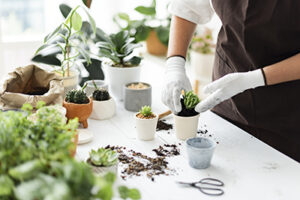
Does Spraying Water On Your Plants Leaves Help?
Plants are living organisms that need water to survive. If spraying water on your plant leaves help is something that you have wondered about, then you’re not alone.
Spraying water on your plant’s leaves does help them in that they can use it as an outside source of food and drink. However, spraying water alone will not be enough to keep your plants healthy.
This is because spraying water on your plant leaves only helps with the process of photosynthesis and not much else.
To take care of your plant, you need to learn about other ways to optimize its environment so it can grow stronger and healthier.
This involves choosing a suitable location and providing enough nutrients for them to stay healthy. Now, spraying water on your plant leaves helps in this process but on its own is not enough.
What Are Some Plants That Grow Indoors?
Many great plant options thrive growing indoors. Some of these plants include:
- Jade plant – This plant is easy to grow and can produce small white or pink flowers. Typically takes 1 year before it is established.
- Peace lily – This plant is good for indoors because it prefers shade and moist conditions. Only needs to be watered every week, but make sure the soil drains completely. Typically takes 3 months before it is established.
- Spider plant – This plant is fairly easy to grow and can produce white or yellow flowers. Typically takes 1 month before it is established.
- Red Edged Dracaena – This plant is attractive, grows slowly, and can grow up to 8 feet tall. Typically takes 2-3 months before it is established.
- Indoor palm – The Indoor Palm is a great option if you have a bright space near a window. Typically takes 3-4 months before it is established.
- Pothos – The pothos plant is a great option for beginners and requires medium to bright indirect light. Typically takes 2 months before it is established.
These plants are both beautiful and easy to care for. They are perfect for plant owners of all levels, especially beginners!
In Conclusion
Now that you know how to tell if your plant is well-established, you can enjoy your plant for years! If you are still struggling with an established plant, be sure to take a look at its light needs and learn when to water it for optimal plant health.
Once a plant can successfully establish itself, the basic needs of the plant will remain the same. This includes spraying water on your plant leaves and checking for pests and fungus!


